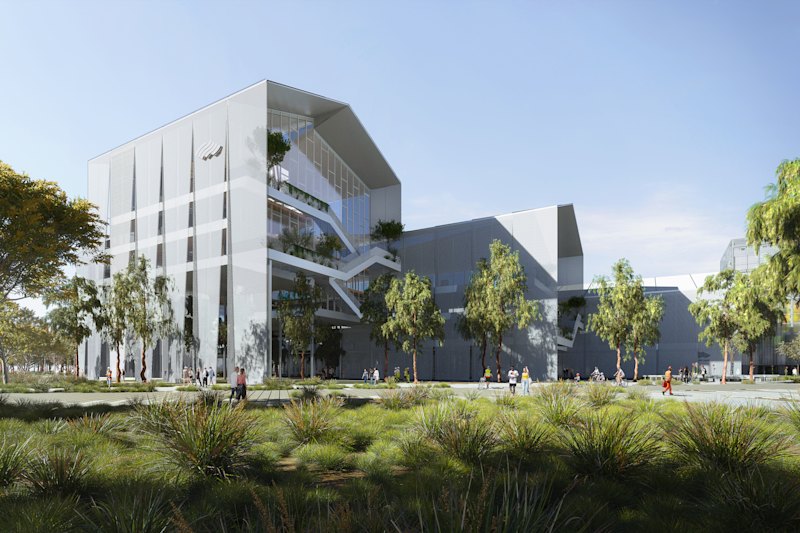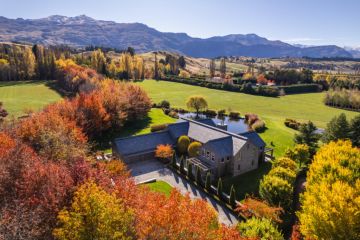Bushfire risk: Danger to residents of bushfire-prone areas increasing, experts say
The danger posed to residents of bushfire-prone areas is increasing and will continue to get worse as the climate crisis in Australia deepens, experts say.
Areas where fires used to be uncommon could be set for blazes more often, researchers warn, but a lack of reliable modelling is hampering efforts to find out exactly where.
The risk to lives and properties in these parts of the country will only get worse as the climate warms further or more extreme fire conditions become more common, Climate Risk director of science and systems Karl Mallon says.
“Climate change has increased the probability of fires, and has increased the severity,” the director of the risk modelling company said. “One thing that it’s really important to understand is that if people have experienced fires in the past there is no indication that fires will be the same.
“They’re going to be much worse.”
Soaring temperatures, high winds and dry conditions sparked an unprecedented bushfire crisis across the country this week, with hundreds of homes and several lives lost.
In local government areas affected by the unfolding bushfire crisis, such as Tweed, Coffs Harbour and Moreton Bay, the probability of “fire weather” – conditions categorised by a lack of rain, heat, and high winds – has increased as much as 18.5 per cent since 1990 and is expected to rise further, according to Climate Risk figures.
Increased risk of fire conditions on recently affected areas
| Suburb | LGA | 1990 Risk | 2020 Risk | DELTA |
| Nana Glen NSW | Coffs Harbour (C) | 0.035% | 0.041% | 15.90% |
| South arm creek NSW | Clarence Valley (A) | 0.036% | 0.042% | 17.30% |
| Woodford Qld | Moreton Bay (R) | 0.017% | 0.019% | 14.00% |
| Thornton NSW | Maitland (C) | 0.009% | 0.011% | 14.70% |
| Dungay NSW | Tweed (A) | 0.032% | 0.038% | 18.50% |
| Taree NSW | Mid-Coast (A) | 0.054% | 0.062% | 14.00% |
| Macksville NSW | Nambucca (A) | 0.047% | 0.053% | 10.90% |
| Yeppoon Qld | Livingstone (S) | 0.013% | 0.014% | 9.20% |
Source: Climate Change Risks to Australia’s Built Environment: A Second Pass Assessment by Climate Risk/XDI
University of NSW Climate Change Research Centre’s Professor Jason Evans said fires were already encroaching on different parts of Australia that were previously considered safe, such as Binna Burra in Queensland’s Gold Coast Hinterland.
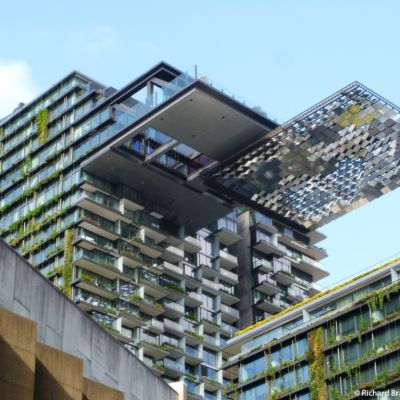 Amid the climate crisis, new push to take action to ensure cities become more green
Amid the climate crisis, new push to take action to ensure cities become more green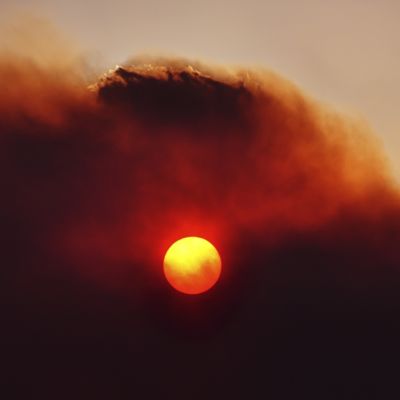 Senate committee finds extreme vulnerability of Australian homes to climate change but experts frustrated at inaction
Senate committee finds extreme vulnerability of Australian homes to climate change but experts frustrated at inaction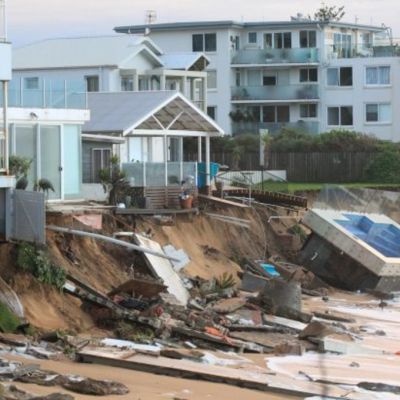 Properties could become harder to insure and prices could fall as climate change takes hold, experts warn
Properties could become harder to insure and prices could fall as climate change takes hold, experts warn
“We’ll definitely see, in areas where fire used to be rare, we’ll see it become much more common,” he said. “We saw a fire in Queensland where a rainforest was burning. Rainforest never burns. Why it happened was because there was a drought in which the rainforest dried out so much that it could burn.”
Melbourne University climate scientist Dr Andrew King said catastrophic events were expected to be more frequent, but scientists’ ability to predict these conditions – and the locations where they may arise – was hamstrung by an undeveloped climate modelling system.
“We do have some high-resolution climate modelling being done at Bureau of Meteorology and CSIRO and some universities as well,” he said. “If there was more investment we might have been able to make these projections better in the past.
“But it’s a bit of both really, it’s both [a lack of] investment and technological improvement.”
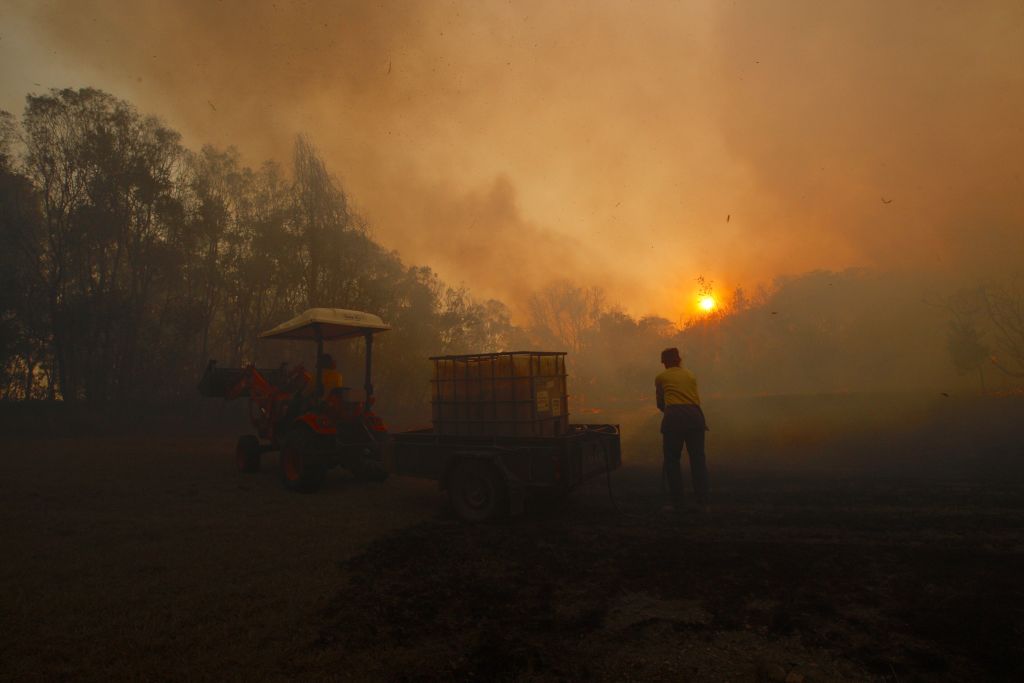
Dr Mallon said Australians living in at-risk areas needed to be prepared for the new category of bushfires, and to be aware that staying to defend homes may no longer be an option, if it once was.
“Another consideration is that the fire services have made it very clear that once you’re in a catastrophic area, they are really questioning their ability to defend property and intervene,” he said. “If people choose to stay and defend their properties, they may be putting others at risk.
“Things are changing for the worse and the past is not a guide to the present.”
Dr Mallon said those living in these areas should also consider making their homes fire resilient in future.
“Looking at how we live in these areas, we obviously need to think about how that can be safe,” he said. “That includes more things like houses built to resist ember attack, and to resist intensity, and that includes using steel frames and cladding.”
A senate committee report last year found most homes in Australia were unprepared for the dangers climate change posed from flooding, fire and extreme heat.
We recommend
We thought you might like
States
Capital Cities
Capital Cities - Rentals
Popular Areas
Allhomes
More
- © 2025, CoStar Group Inc.




